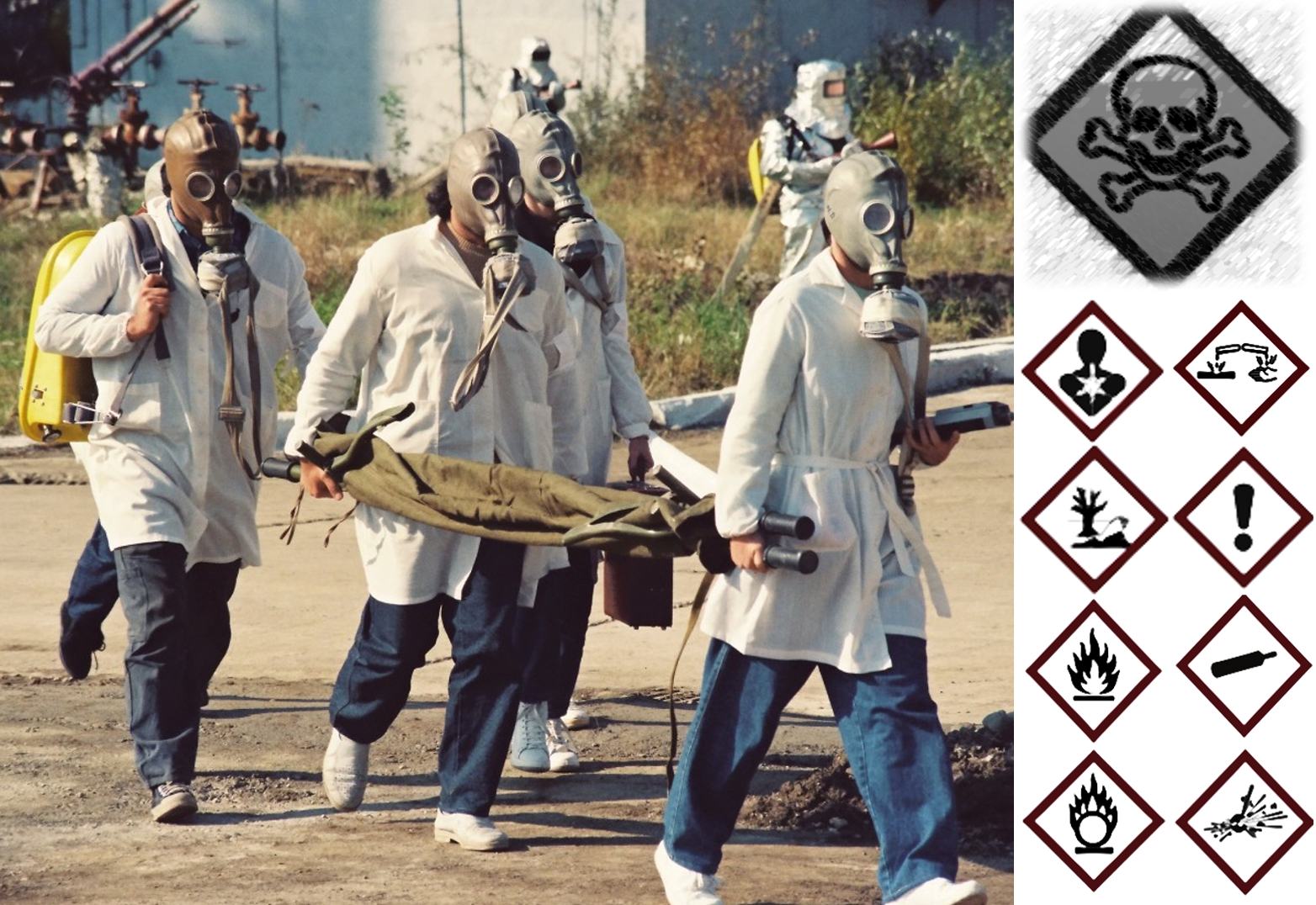You are here
D07-1:Chemical Disasters

D07-1:Chemical Disasters

Course Information
Chemical agents, being at the core of modern industrial systems, has attained a very serious concern for disaster management within government and community. Chemicals such as chlorine, which were used during World War I as chemical weapons—is also key ingredient in numerous commercial products. Correct application of chemicals is very important. Appropriate use will be beneficial while misuse will bring disasters. This course will provide learners with an overview of issues in relation to chemical disasters due to industrial accidents, terrorism and war attack. In particular, it introduces the basics of chemical agents with health hazards, the immediate and chronic health effects of exposure to hazardous chemicals and the measures in prevention, preparedness and response to chemical disasters.
There are three sections in this e-learning module on chemical emergencies:
- Section One is an introduction about chemical disaster and basic chemistry. It would elaborate the definition of chemical disasters and their usual causes. It would introduce the different categories of hazardous chemicals.
- Section Two provides detailed information of different hazardous chemical agents:
- Physical hazardous agents
- Explosive/ flammable/ oxidizer/ compressed liquefied gas
- Health hazardous agents
- Nerve Agents/Pulmonary Agents/Blood Agents /Blister Agents/ /Riot Control Agents
- Physical hazardous agents
- Section Three discusses measures in chemical disasters Preparedness, Protection and Response. It would cover the three important components of emergency response to chemical casualties, and provides an overview of suggestion for different parties of the community for better chemical disaster prevention and response. Appropriate HAZMAT scene management together with PPE donning and doffing would be demonstrated.
- Explain the different types of hazardous chemicals
- Identify the health risks and consequences of exposure to hazardous chemicals
- Demonstrate the important components for chemical disasters prevention, preparedness and response
- The definition of chemical disasters
- The basic chemistry
- Different categories of hazardous chemicals
- Different measurements of chemical toxicity
- Industrial chemical accidents
- Incident involving malicious use of toxic chemical
- Different classification systems for hazardous chemicals
- Nature and clinical effects of exposure to physical hazardous agents
- Nature and clinical effects of exposure to nerve agents
- Nature and clinical effects of exposure to pulmonary agents
- Nature and clinical effects of exposure to blood agents
- Nature and clinical effects of exposure to blister agents
- Nature and clinical effects of exposure to riot control agents
- Learning from previous chemical disasters : measures for different parties of the community to enhance chemical disaster prevention and response
- Emergency department and hospital preparedness and response to chemical disaster
- Demonstration on HAZMAT scene management
- Personal Protective Equipment: Donning and doffing
You must obtain >80% of the total score AND complete the course evaluation in order to pass the course.
|
Name of activity |
Number per section |
Estimated time per section |
|---|---|---|
|
Lecture videos |
2~8 |
20-60 minutes |
|
Section quiz |
1 |
30 minutes |




